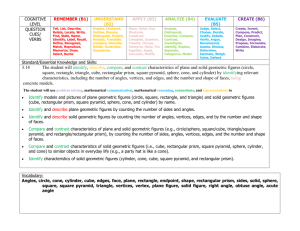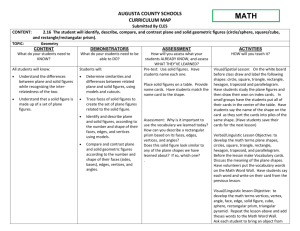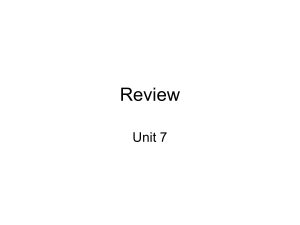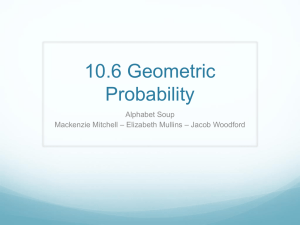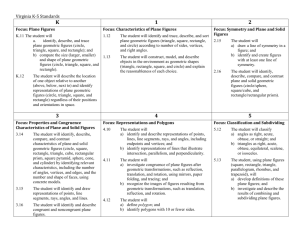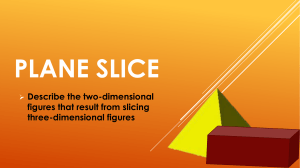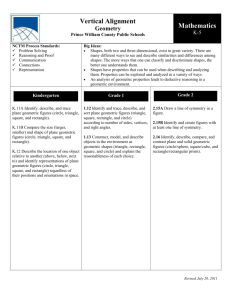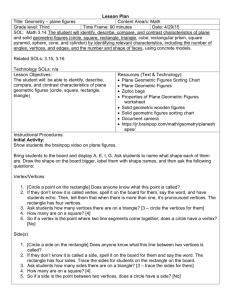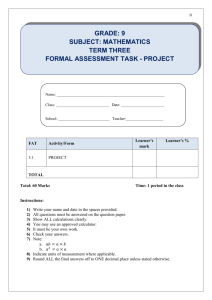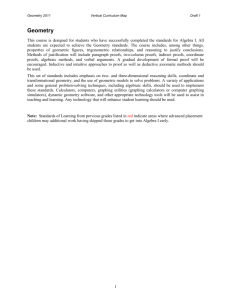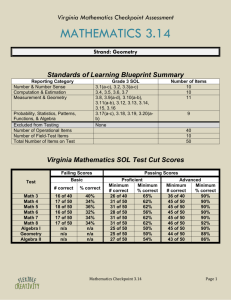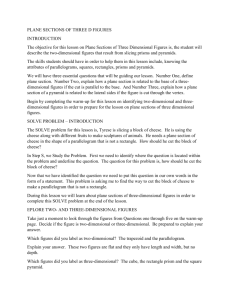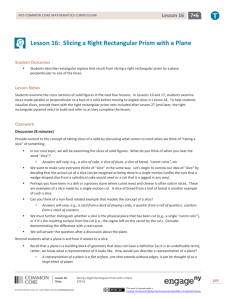MCPS Mathematics Teacher Assessment Guide 2.16 2.16 The
advertisement
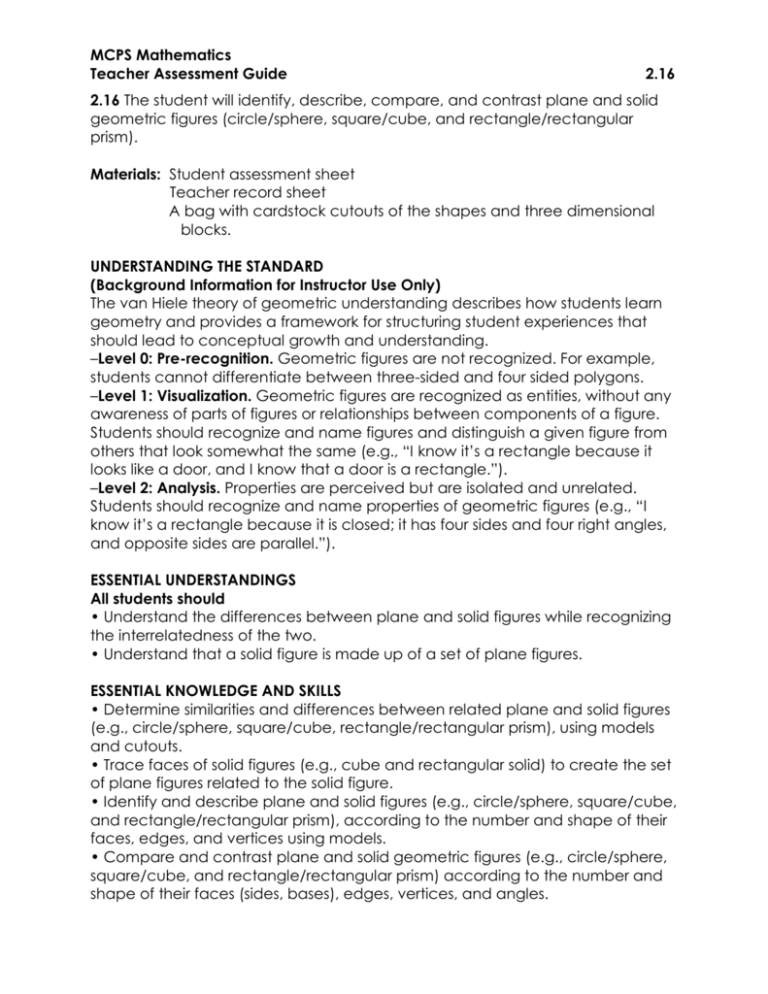
MCPS Mathematics Teacher Assessment Guide 2.16 2.16 The student will identify, describe, compare, and contrast plane and solid geometric figures (circle/sphere, square/cube, and rectangle/rectangular prism). Materials: Student assessment sheet Teacher record sheet A bag with cardstock cutouts of the shapes and three dimensional blocks. UNDERSTANDING THE STANDARD (Background Information for Instructor Use Only) The van Hiele theory of geometric understanding describes how students learn geometry and provides a framework for structuring student experiences that should lead to conceptual growth and understanding. –Level 0: Pre-recognition. Geometric figures are not recognized. For example, students cannot differentiate between three-sided and four sided polygons. –Level 1: Visualization. Geometric figures are recognized as entities, without any awareness of parts of figures or relationships between components of a figure. Students should recognize and name figures and distinguish a given figure from others that look somewhat the same (e.g., “I know it’s a rectangle because it looks like a door, and I know that a door is a rectangle.”). –Level 2: Analysis. Properties are perceived but are isolated and unrelated. Students should recognize and name properties of geometric figures (e.g., “I know it’s a rectangle because it is closed; it has four sides and four right angles, and opposite sides are parallel.”). ESSENTIAL UNDERSTANDINGS All students should • Understand the differences between plane and solid figures while recognizing the interrelatedness of the two. • Understand that a solid figure is made up of a set of plane figures. ESSENTIAL KNOWLEDGE AND SKILLS • Determine similarities and differences between related plane and solid figures (e.g., circle/sphere, square/cube, rectangle/rectangular prism), using models and cutouts. • Trace faces of solid figures (e.g., cube and rectangular solid) to create the set of plane figures related to the solid figure. • Identify and describe plane and solid figures (e.g., circle/sphere, square/cube, and rectangle/rectangular prism), according to the number and shape of their faces, edges, and vertices using models. • Compare and contrast plane and solid geometric figures (e.g., circle/sphere, square/cube, and rectangle/rectangular prism) according to the number and shape of their faces (sides, bases), edges, vertices, and angles.
